Semenggoh Wildlife Centre
Meeting Sarawak’s gentle giants
- This young orang-utan it so cute
- They are so strong. The strength here is very evident
- Mother and baby
- The ten minute work out to the viewing area is an adventure in itself
- The alpha male Charlie
- In their natural habitat
- Feeding time out in the jungle
- Mother and child posing for a photo
- Tropical pitcher plant or monkey cup
The Semenggoh Wildlife Centre in Sarawak holds a special place in orang-utan conservation.
Located just 20 kilometres from Kuching, this wildlife sanctuary has been helping injured and orphaned orang-utan since 1975. The centre operates as both a rehabilitation facility and a place where people can observe these remarkable creatures in their natural habitat.
The history of orang-utan conservation
The story of Semenggoh Wildlife Centre began when the Sarawak Forest Department recognised the urgent need to protect the declining orangutan population. What started as a small rehabilitation project has grown into one of Borneo’s most successful conservation programmes.
In its early years, the centre focused primarily on rehabilitating injured and orphaned orang-utans. Today, the Semenggoh Wildlife Centre maintains its commitment to conservation while also serving as a research facility for scientists studying these intelligent primates.
Daily life at the sanctuary
Life at Semenggoh Wildlife Centre revolves around the natural rhythms of the rainforest. The semi-wild orang-utans roam freely throughout the 740-hectare forest reserve, building nests and foraging for food just as their wild cousins do.
Feeding sessions and interactions
During scheduled feeding sessions, the orang-utans might swing down from the rainforest canopy to supplement their diet with fruits provided by the rangers. These sessions offer rare glimpses into the lives of these semi-wild creatures, though their attendance is never guaranteed – a positive sign that they’re becoming self-sufficient.
The centre’s approach focuses on minimal human interaction, allowing the orang-utans to develop natural behaviours and survival skills. This hands-off method has proven successful, with many rehabilitated orangutans now living independently in the surrounding forest.
Conservation success stories
Over the decades, Semenggoh Wildlife Centre has celebrated numerous conservation milestones. Several orang-utans born to rehabilitated mothers now live completely wild lives, representing the ultimate success of the rehabilitation programme.
The centre has also contributed significantly to scientific research, helping researchers better understand orang-utan behaviour, intelligence, and social structures. This knowledge proves invaluable for conservation efforts throughout Borneo.
Best times to see the orang-utans
The optimal times to observe the orang-utans coincide with their feeding sessions, scheduled twice daily. Morning sessions typically see more activity as the cooler temperatures encourage the apes to venture out of the rainforest.
During fruiting season, when the forest provides abundant natural food, the orang-utans might skip the feeding sessions entirely. This natural behaviour demonstrates the success of their rehabilitation, as they’ve learned to survive independently in their rainforest home.
Practical information
Opening Hours:
- 8:00 AM to 5:00 PM daily
- Feeding sessions: 9:00 AM and 3:00 PM
Getting There:
- 20 kilometres from Kuching city centre
- Accessible by taxi or guided tour
- Public bus services available from Kuching
Entry Fees:
- Adults: RM 10
- Children (under 18): RM 5
Essential Tips:
- Wear comfortable walking shoes
- Bring insect repellent
- Carry water
Frequently Asked Questions
- Dress in light, modest clothing
- Bring a camera with zoom lens
- Allow 2-3 hours for the visit
Weather Considerations:
- Best visited during dry season (March to October)
- Morning sessions recommended during wet season

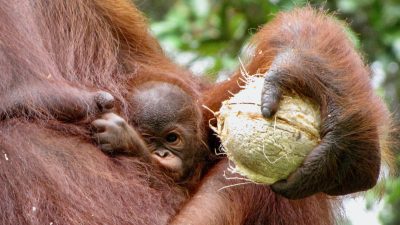
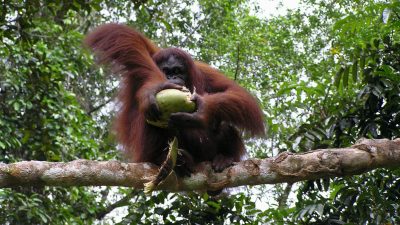
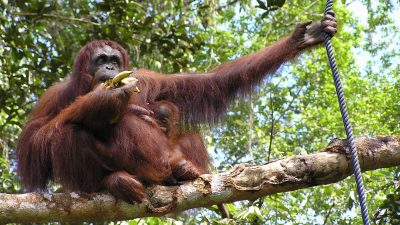
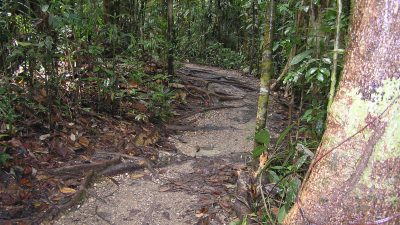
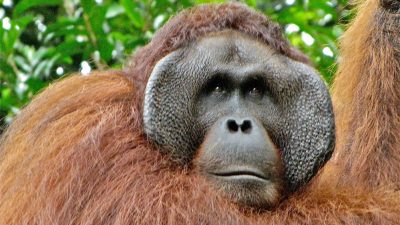
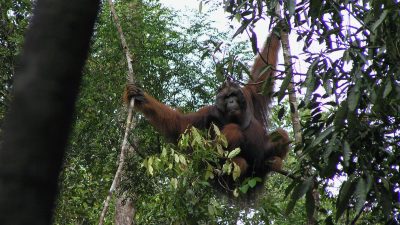

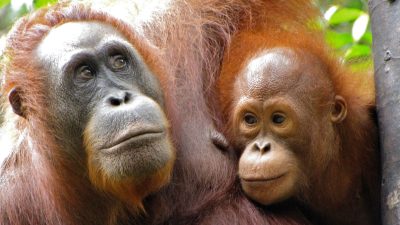
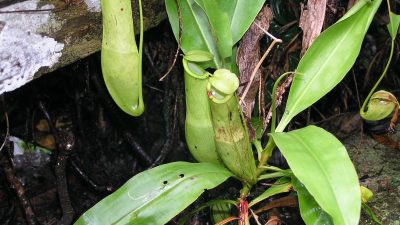
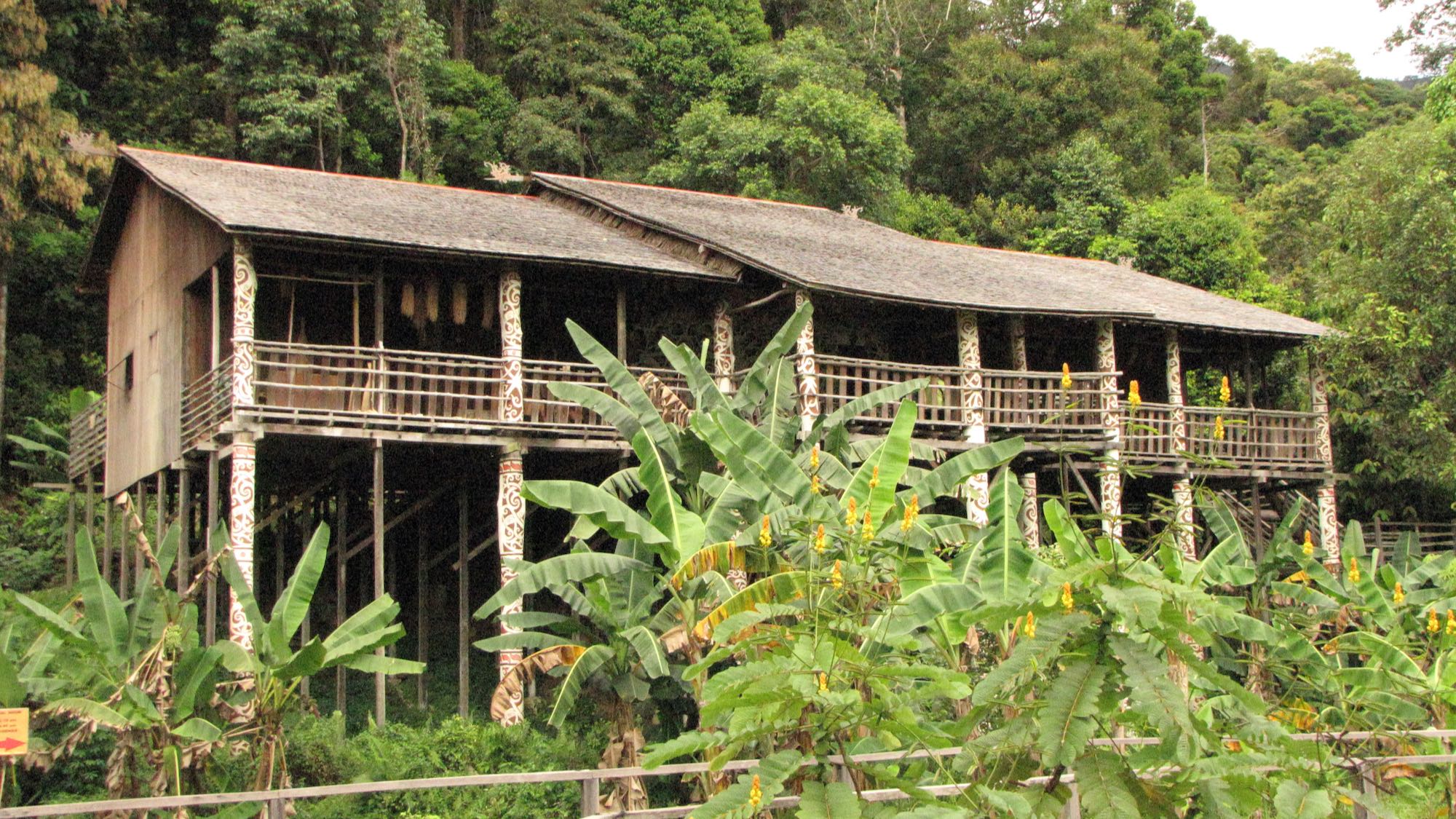
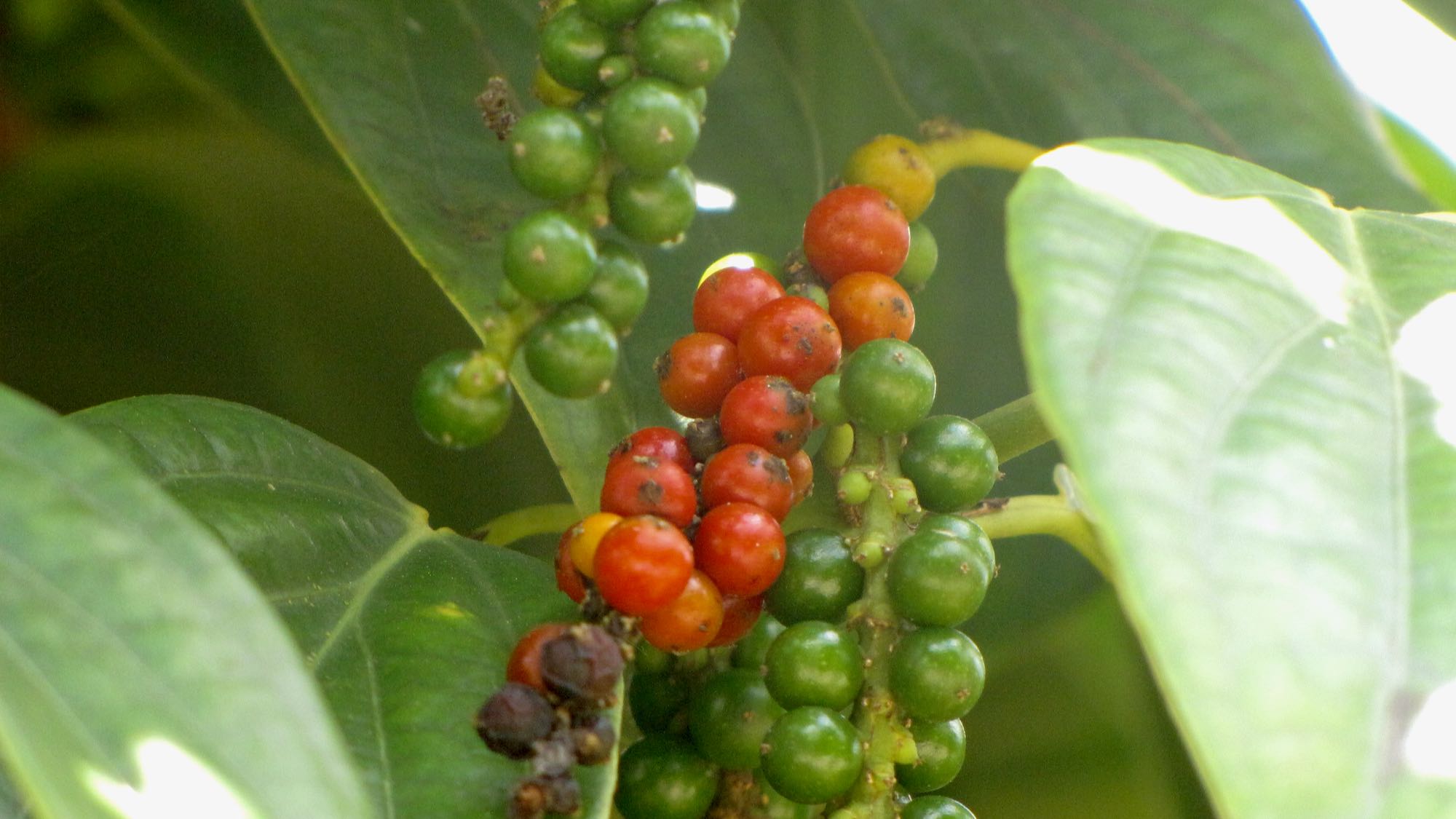
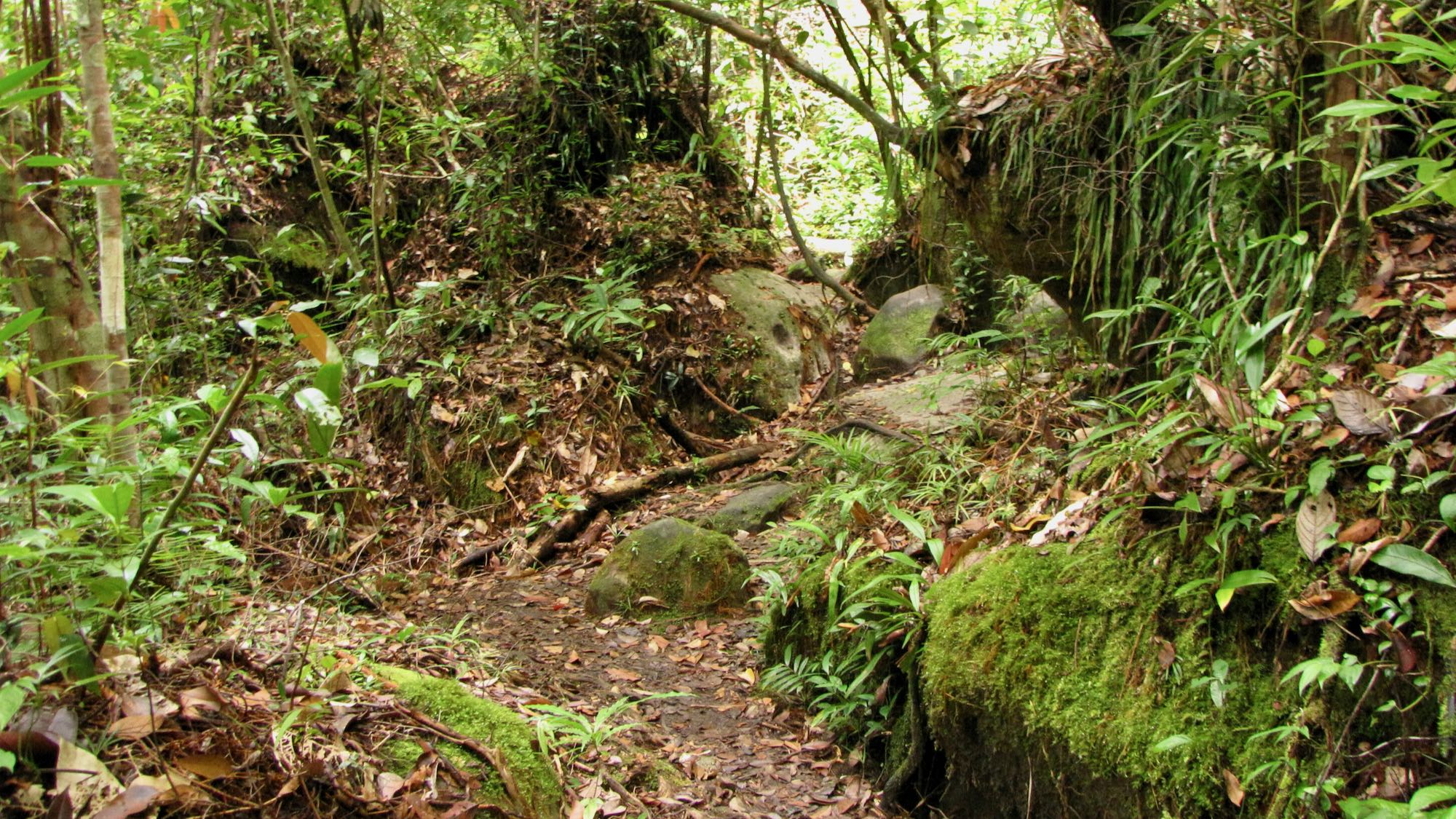
Leave A Comment